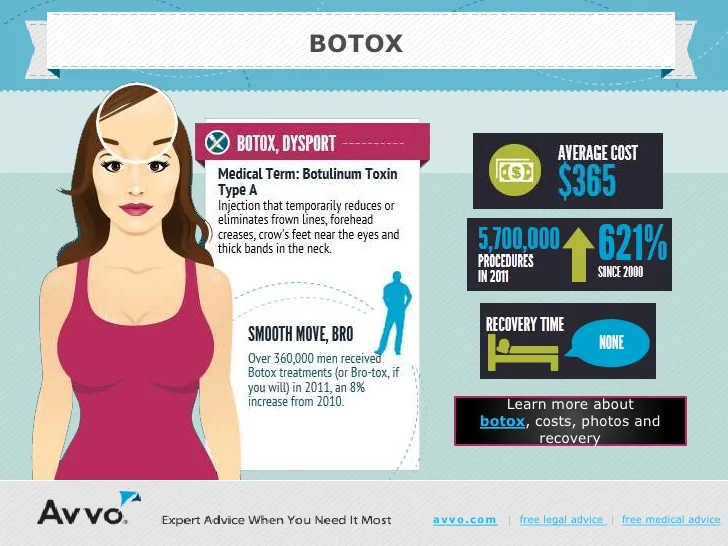Severe Acne And Mental Health
Severe Acne And Mental Health
Blog Article
Causes of Acne on Cheeks
Acne breakouts in the cheek area are triggered by several things, from touching your face frequently to not transforming your pillow case typically enough. Picking at imperfections enhances your risk of infection and scarring, and particular medications can worsen dark areas (postinflammatory hyperpigmentation).
Fortunately, there are many ways to prevent and treat cheek acne. These consist of:
1. Hormone Adjustments
Acne is greatly brought on by hormonal agents, specifically those generated throughout the age of puberty and maternity. For some, a family history of acne might likewise add to their condition. Anything that blocks pores, such as oil-based skin care products or ceraceous hair items, can cause acne. Numerous topical therapies, like benzoyl peroxide and salicylic acid, can battle germs and unblock pores. Those with severe or chronic acne should look for therapy from their medical professional.
Prevent touching or squeezing your acne, as this can push some of the bacteria deeper right into the skin, bring about an extra serious breakout. It is also important to transform pillow cases consistently and make use of tidy makeup brushes. You should also attempt to stay clear of toxic irritants such as friction from wearing a helmet or limited collar.
2. Diet regimen
The greasy, sugary foods that many people assume trigger acne might really not do so. In fact, researches have actually shown that eating a diet regimen abundant in whole, nutrient-dense foods helps to stop outbreaks.
Foods high in the glycemic index (such as white bread, corn flakes, puffed rice and potatoes, doughnuts and other breads) elevate blood glucose levels quickly, and this can raise hormonal agents that increase oil production and bring about acne.
Consuming cow's milk has also been connected to enhanced acne breakouts. If you are a normal cow's milk enthusiast, you might want to attempt switching to low-fat or nondairy choices that are strengthened with calcium. Additionally, drinking even more water can assist to reduce acne due to the fact that it assists to keep the skin hydrated.
3. Excess Oil
While oil is essential for healthy and balanced skin, it can become a trouble when way too much sebum combines with dead skin cells and blocks pores. This mix can create blackheads, whiteheads and acnes. The blocked pore wall can break down and spill microorganisms, dead skin cells and sebum into bordering skin. This leads to a red bump known as an acne. In some cases these red bumps have pus in the center from a microbial infection. Larger what is botox contaminated bumps that appear like acne are called cysts.
There are many points that can cause excess sebum and clogged up pores, including hormonal agent changes, diet and everyday habits. Some instances include touching the face regularly, resting your hand on your cheek, using filthy makeup brushes and not altering pillowcases on a regular basis.
4. Tension
If you're managing throbbing acnes or a multitude of blackheads and whiteheads, it might be time to speak to a dermatologist. They can advise an effective therapy that suits your skin kind. Practicing leisure and stress-reduction techniques additionally helps.
Acne can take place in the cheeks due to rubbing and pressure, such as when an individual touches their face frequently or uses a hat or sports helmet that scrubs versus the skin. It can likewise show up where greasy cosmetics and creams rub versus the skin.
Avoid squeezing acne, as this can press infected product deeper into the skin and cause scarring. Instead, see a physician to learn more about preventative treatments like drug, skin care items and way of living modifications. Consuming a healthy diet plan of whole foods, getting 7 to nine hours of sleep and making use of noncomedogenic makeup and skincare items can all help reduce acne outbreaks.
5. Hair Products
Hair items are not generally taken a cause of outbreaks, yet they can contribute to acne on the cheeks in some individuals. Pomade acne, which is identified by small shut comedones and papulopustules, is commonly triggered by making use of oily hair products that contain comedogenic active ingredients such as particular oils and acetylated lanolin.
Choosing hair items that do not contain these potentially comedogenic active ingredients is an important step towards minimizing breakouts. Likewise, making certain that hair products aren't being available in contact with the skin can assist protect against breakouts. For instance, putting on a headscarf or bonnet in the evening can restrict hair-to-face contact and decrease the probability that leave-in hair items will rub off onto the face.
Along with making use of a non-comedogenic moisturizer and washing with an acne face laundry, various other handy strategies include: